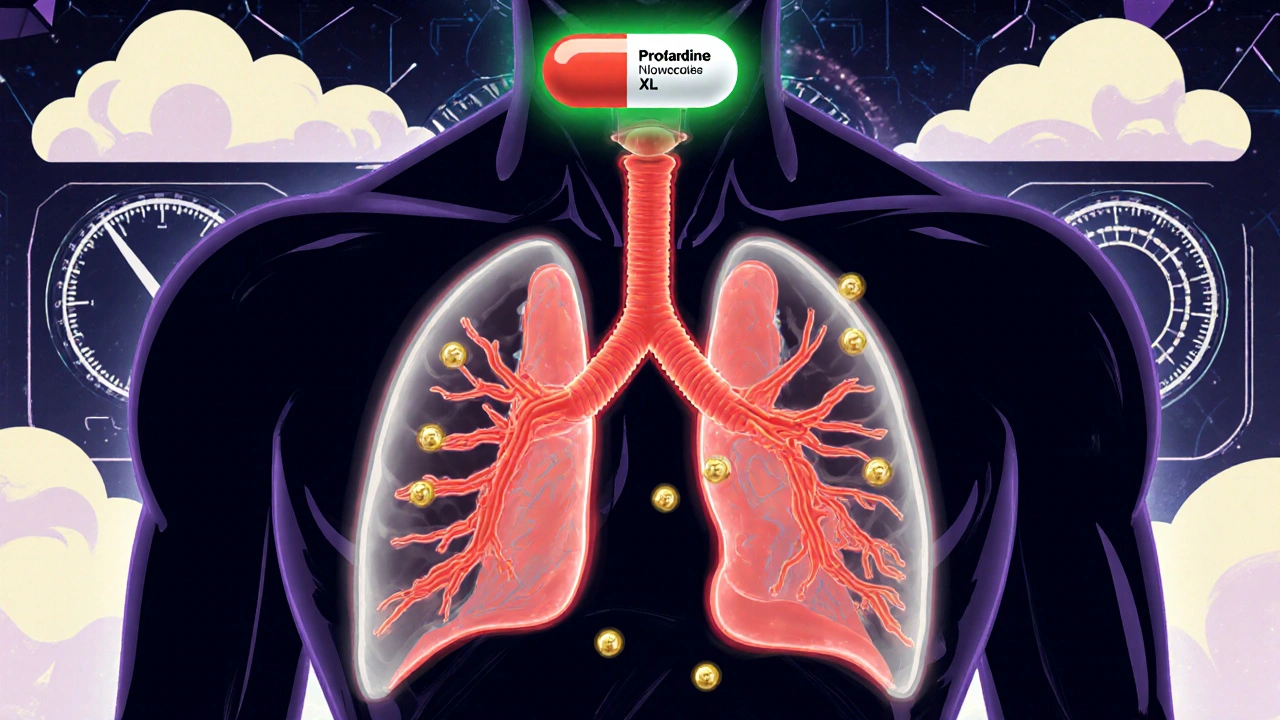Nifedipine: What It Is, How It Works, and What You Need to Know
When your blood pressure stays too high, your heart and arteries work harder than they should. That’s where nifedipine, a calcium channel blocker used to relax blood vessels and lower blood pressure. Also known as a calcium channel blocker, it helps your heart pump more efficiently by reducing the workload on your arteries. Unlike some blood pressure drugs that slow your heart rate, nifedipine opens up your blood vessels so blood flows more easily. This makes it especially useful for people with high blood pressure or chest pain from angina.
Nifedipine doesn’t cure these conditions — it manages them. It’s often prescribed when other medications don’t work well enough or cause too many side effects. People who take it regularly usually notice their blood pressure numbers drop within a few weeks. But it’s not a one-size-fits-all solution. Some users report headaches, swelling in the ankles, or dizziness, especially when they first start. That’s why tracking your symptoms and checking in with your doctor matters. It’s also worth knowing that nifedipine can interact with grapefruit juice, certain antibiotics, and even some herbal supplements. If you’re on other meds, make sure your pharmacist knows what you’re taking.
It’s not just about the pill. Managing high blood pressure means paying attention to your diet, staying active, and avoiding too much salt. Nifedipine works best when it’s part of a bigger plan. You’ll also find that people who use it often compare it to other calcium channel blockers like amlodipine or diltiazem — each has its own timing, side effect profile, and cost. Some prefer nifedipine because it acts fast; others find longer-acting versions more convenient. The key is matching the drug to your lifestyle and health goals.
There’s more to this story than just lowering numbers. People with angina use nifedipine to reduce how often chest pain hits. For some, it means being able to walk farther or climb stairs without stopping. Others take it because they’ve had heart issues in the past and need to protect their arteries. What you won’t find in every article is how real people handle the daily routine — remembering to take it at the same time, dealing with side effects, or knowing when to call their doctor. That’s why the posts below dig into the details: where to find trustworthy side effect info, how to track your response over time, and how nifedipine fits into the bigger picture of heart health and medication safety.

Nifedipine and Asthma: Can You Safely Take This Blood Pressure Med if You Have Breathing Issues?
Nifedipine is generally safe for people with asthma. Unlike beta-blockers, it doesn't tighten airways. Learn how it works, who should be cautious, and what alternatives exist for managing high blood pressure with breathing problems.
